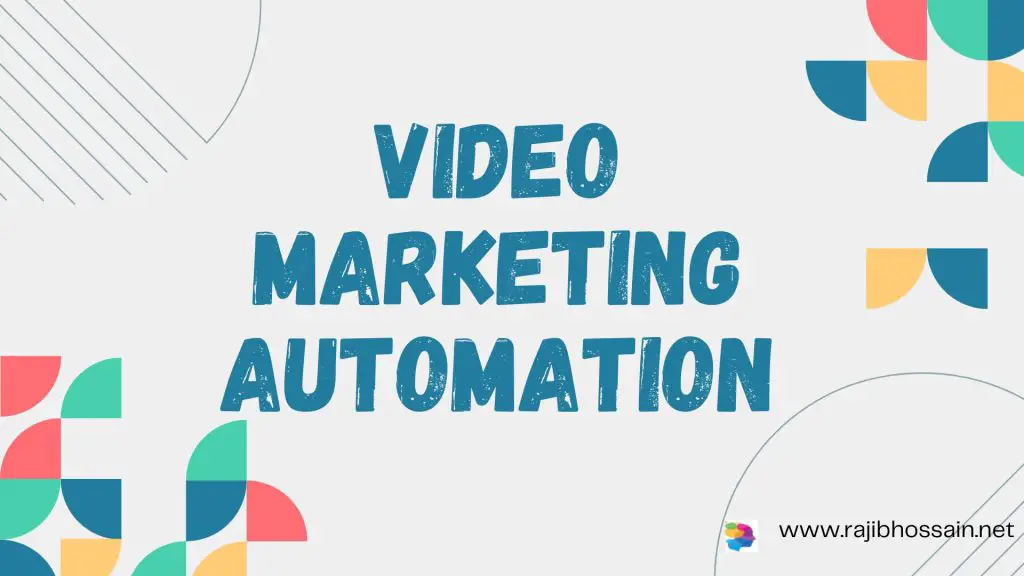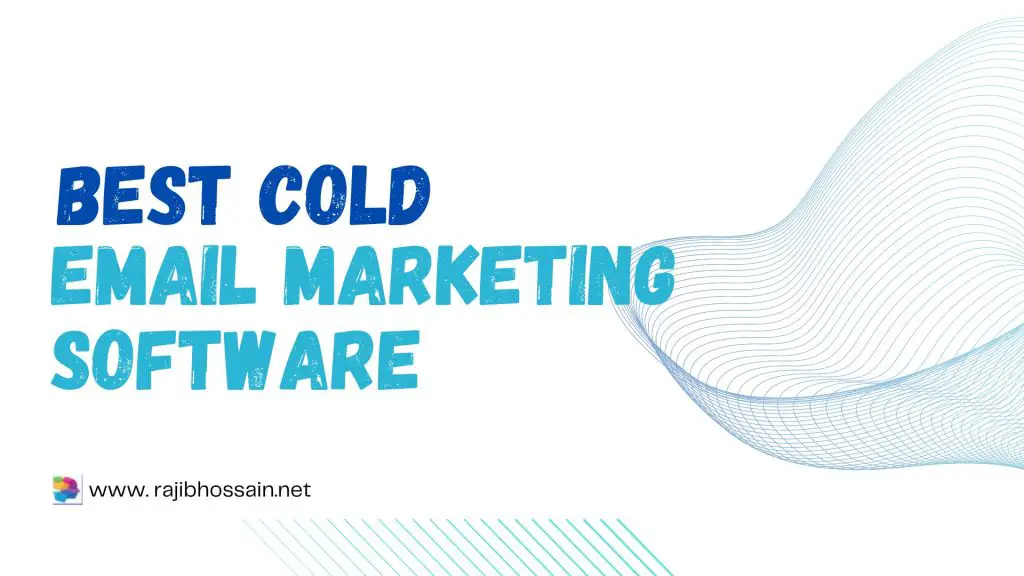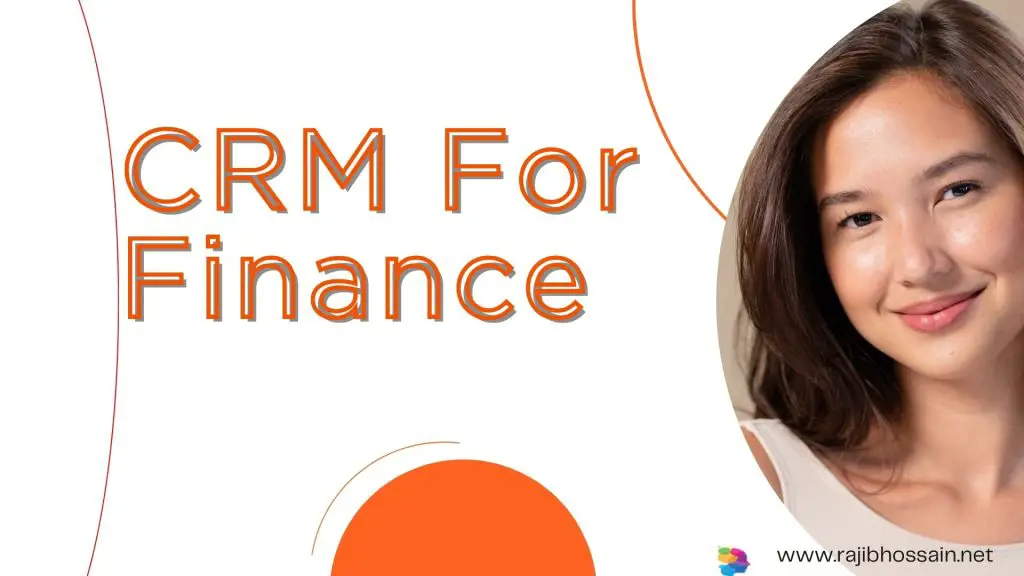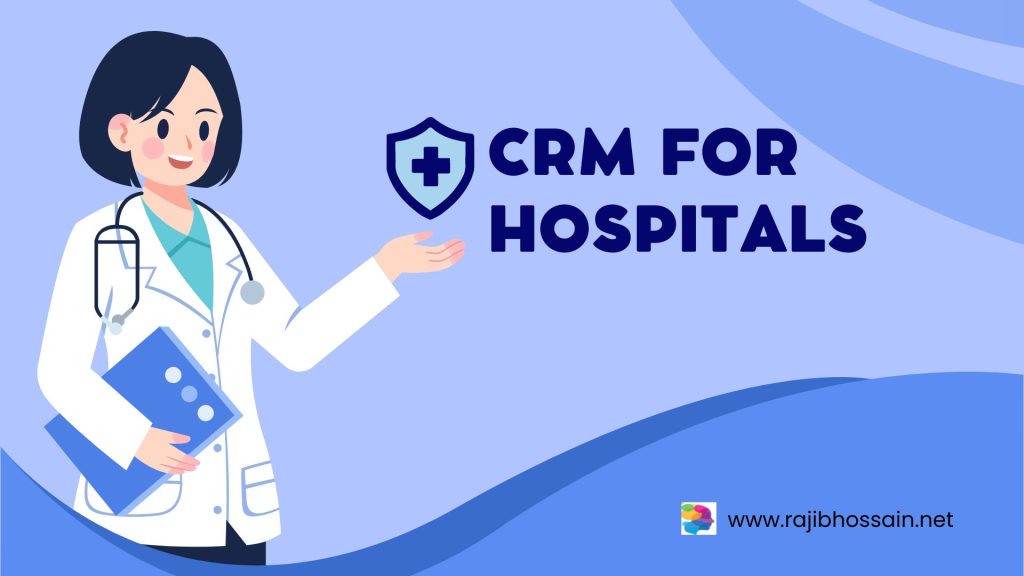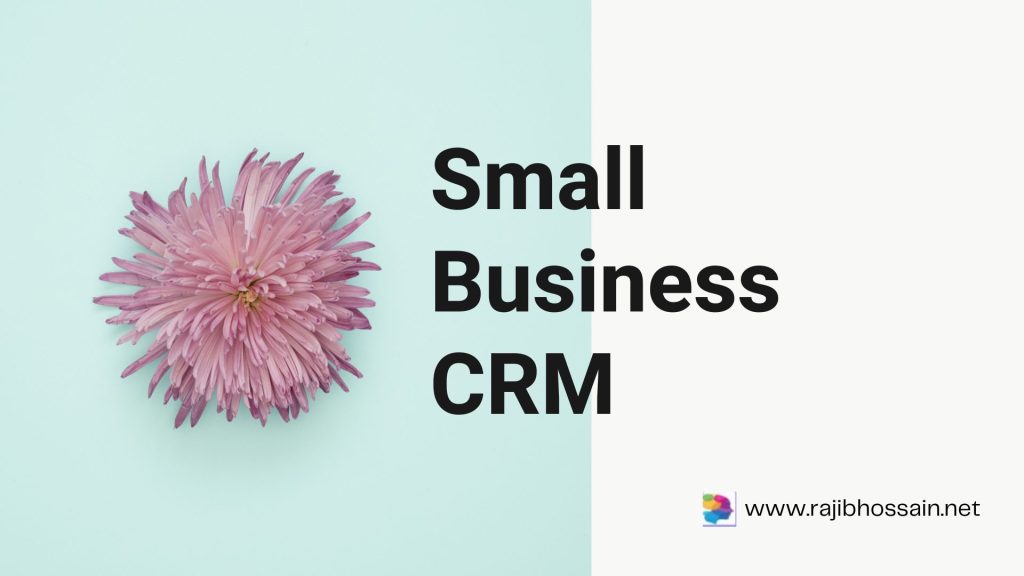
In today’s competitive market, customer relationship management (CRM) systems are no longer a luxury but a necessity for small businesses aiming to thrive. Small business CRM solutions provide an invaluable toolkit for managing customer interactions, streamlining processes, and ultimately driving sales growth. This comprehensive guide will explore the essential features, benefits, and best practices for implementing a small business CRM, ensuring you harness its full potential to elevate your business.
What is a Small Business CRM?
A CRM, or Customer Relationship Management system, is a software platform designed to help businesses manage their interactions with current and potential customers. For small businesses, a CRM system can streamline operations, enhance customer service, and improve overall efficiency by organizing customer information, tracking interactions, and automating various tasks.
Benefits of a CRM for Small Businesses
- Improved Customer Relationships: By keeping track of customer interactions, preferences, and history, a CRM helps businesses offer personalized experiences, thereby fostering stronger relationships.
- Increased Efficiency: Automation of repetitive tasks such as follow-up emails and scheduling can save time and reduce errors, allowing staff to focus on more strategic activities.
- Better Sales Management: CRMs provide tools for tracking leads, managing pipelines, and forecasting sales, which can significantly enhance sales performance.
- Enhanced Data Analysis: By centralizing customer data, CRMs make it easier to analyze patterns and trends, helping businesses make informed decisions.
- Scalability: As your business grows, a CRM can scale with you, offering advanced features and integrations to support expanding operations.
Key Features of Small Business CRMs
- Contact Management: Organize and manage all customer information in one place, ensuring easy access and up-to-date records.
- Sales Pipeline Management: Track and manage sales opportunities from lead generation to closing deals.
- Marketing Automation: Automate email campaigns, social media posts, and other marketing activities to reach customers effectively.
- Customer Support: Manage customer inquiries and support tickets efficiently, ensuring prompt and satisfactory resolutions.
- Reporting and Analytics: Generate insightful reports on sales, customer behavior, and marketing effectiveness to guide strategic decisions.
Best Practices for Implementing a Small Business CRM
- Define Your Objectives: Clearly outline what you aim to achieve with a CRM, such as improved customer service, increased sales, or better marketing ROI.
- Choose the Right CRM: Select a CRM that fits your business needs and budget. Consider factors like ease of use, customization options, and scalability.
- Train Your Team: Ensure your staff is adequately trained to use the CRM effectively. This might involve formal training sessions and ongoing support.
- Integrate with Existing Systems: Make sure your CRM integrates seamlessly with other tools and platforms you use, such as email marketing software and accounting systems.
- Monitor and Adapt: Regularly review CRM performance and user feedback to make necessary adjustments and improvements.
Implementing a small business CRM can be a game-changer, offering streamlined processes, enhanced customer relationships, and improved sales performance. By selecting the right system and following best practices, small businesses can leverage CRM technology to drive growth and achieve long-term success.
FAQs
1. What is the best CRM for small businesses?
The best CRM for small businesses depends on specific needs and budgets. Popular options include HubSpot CRM, Zoho CRM, and Salesforce Essentials, each offering a range of features tailored to small businesses.
2. How much does a small business CRM cost?
CRM costs vary widely, from free basic versions to premium packages that can cost hundreds of dollars per month. Many providers offer scalable pricing plans to accommodate different business sizes and needs.
3. Can a small business CRM integrate with other tools?
Yes, most small business CRMs offer integrations with various tools such as email marketing platforms, accounting software, and e-commerce systems to streamline operations.
4. How long does it take to implement a CRM?
The time required to implement a CRM varies based on the complexity of the system and the size of the business. It can take anywhere from a few days to several months for full implementation and adoption.
5. Do I need technical expertise to use a CRM?
While some CRMs may require technical expertise for advanced features and customization, many are designed to be user-friendly and offer comprehensive support and training resources for users at all levels.
6. What are some popular Small Business CRM options?
Some popular Small Business CRM options include:
- HubSpot CRM
- Zoho CRM
- Salesforce Essentials
- Freshsales
- Pipedrive
- Insightly
7. How does marketing automation benefit small businesses using CRM?
Marketing automation benefits small businesses by allowing them to automate repetitive marketing tasks such as sending emails, managing social media campaigns, and scoring leads based on their behavior. It helps save time, improve efficiency, and nurture leads through personalized communications.
8. What are the costs associated with Small Business CRM software?
The costs associated with Small Business CRM software vary based on the provider, features, and number of users. Pricing models can include monthly or annual subscription fees, with some providers offering free or scaled-down versions for smaller businesses. It’s important to consider setup costs, training, and ongoing support when evaluating pricing.
9. How can Small Business CRM help improve customer service?
Small Business CRM helps improve customer service by:
- Providing quick access to customer information and interaction history.
- Automating support ticket management and resolution.
- Personalizing customer communications and responses.
- Analyzing customer feedback and satisfaction metrics.
- Facilitating timely follow-ups and proactive customer outreach.
10. What are the advantages of cloud-based Small Business CRM solutions?
Cloud-based Small Business CRM solutions offer advantages such as:
- Accessibility: Access data and tools from anywhere with an internet connection.
- Scalability: Easily scale resources and storage as business needs grow.
- Security: Data is stored securely in the cloud with built-in backup and recovery measures.
- Cost-effectiveness: Eliminate the need for on-premises hardware and maintenance costs.
11. How can small businesses ensure the successful adoption of CRM software?
Small businesses can ensure successful adoption of CRM software by:
- Clearly defining goals and objectives for CRM implementation.
- Choosing a CRM solution that aligns with their business needs and budget.
- Providing adequate training and support for employees.
- Encouraging active use and participation across teams.
- Continuously evaluating and optimizing CRM processes based on feedback and performance metrics.
12. What are common challenges faced when implementing Small Business CRM?
Common challenges when implementing Small Business CRM include data migration issues, resistance to change from employees, integration complexities with existing systems, and the need for ongoing customization and support. Addressing these challenges through proper planning and support can lead to successful CRM adoption and improved business operations.
By addressing these FAQs, small businesses can gain a better understanding of Small Business CRM and how it can benefit their operations, sales efforts, and customer relationships.
Conclusion
Implementing a CRM system is a strategic move that can transform how small businesses operate, interact with customers, and grow. By understanding the benefits, key features, and best practices for small business CRMs, you can make an informed decision that will enhance your customer relationships and drive your business forward.

